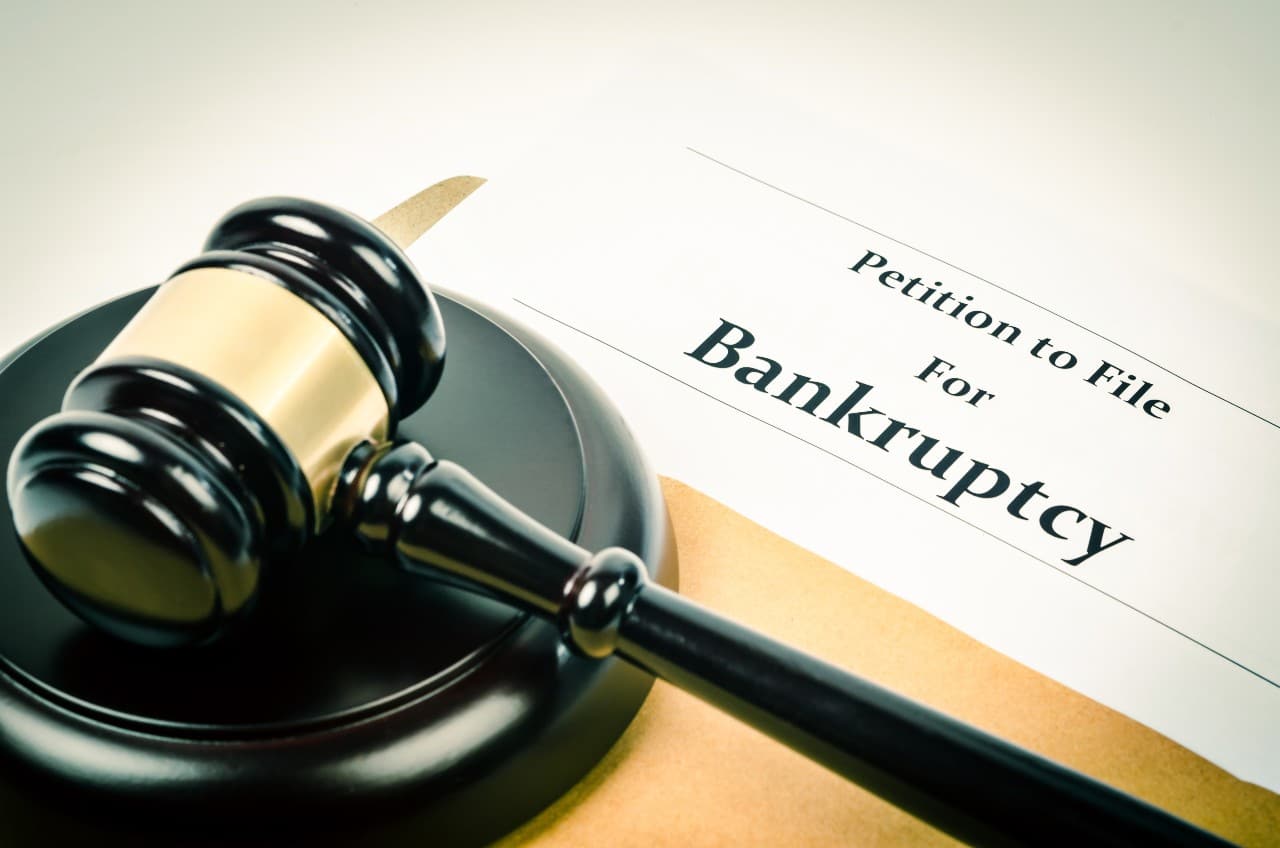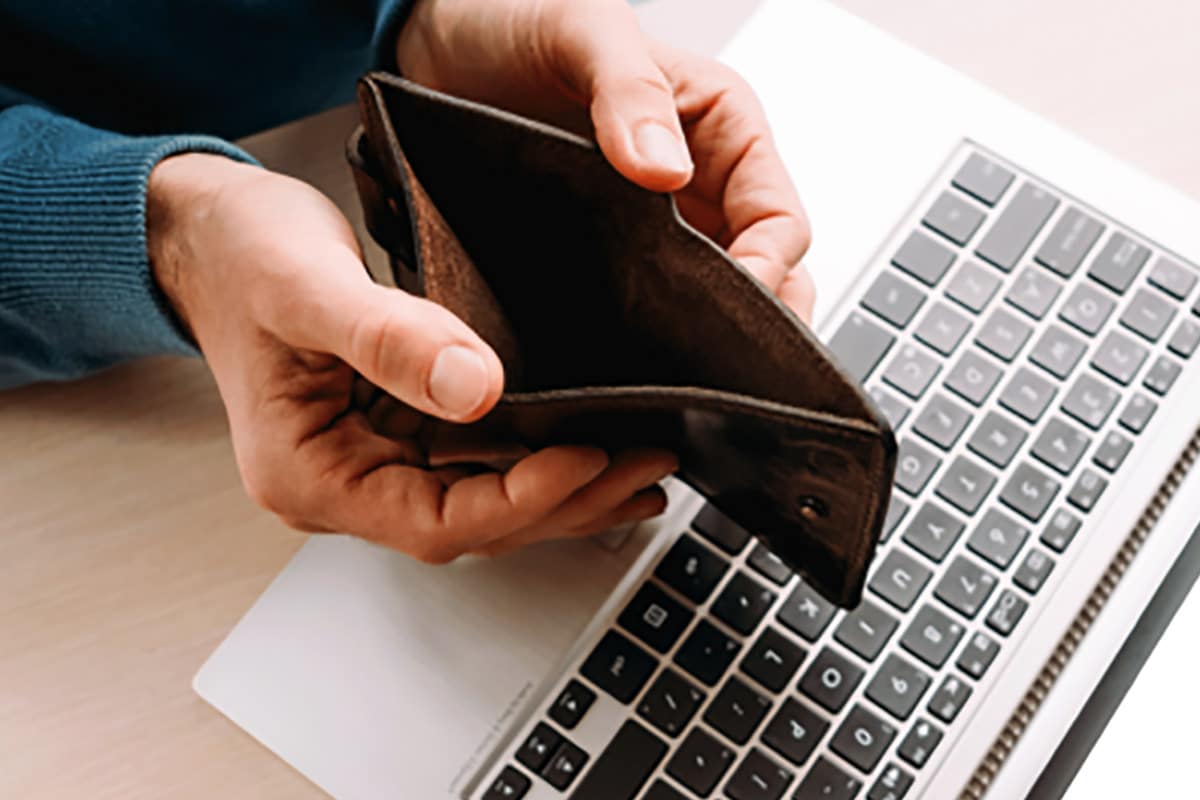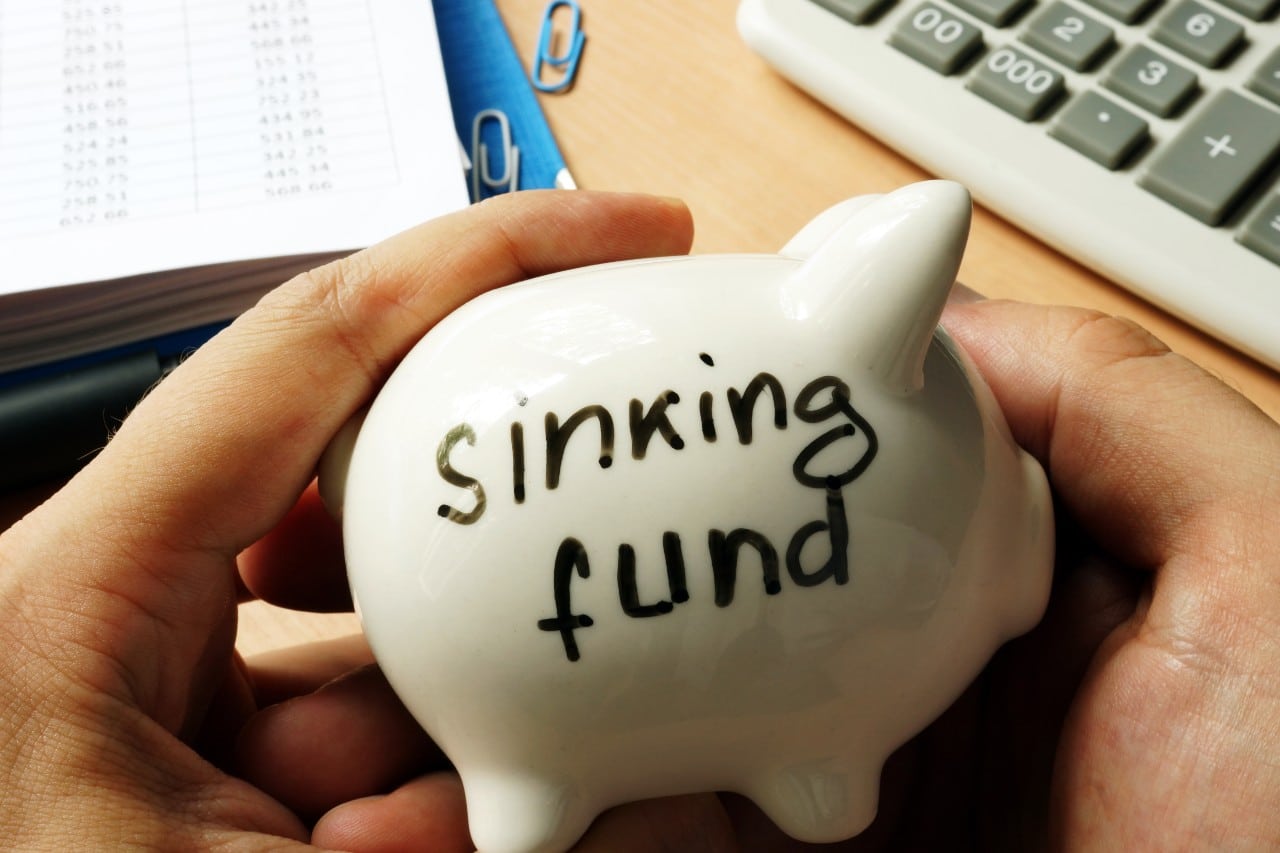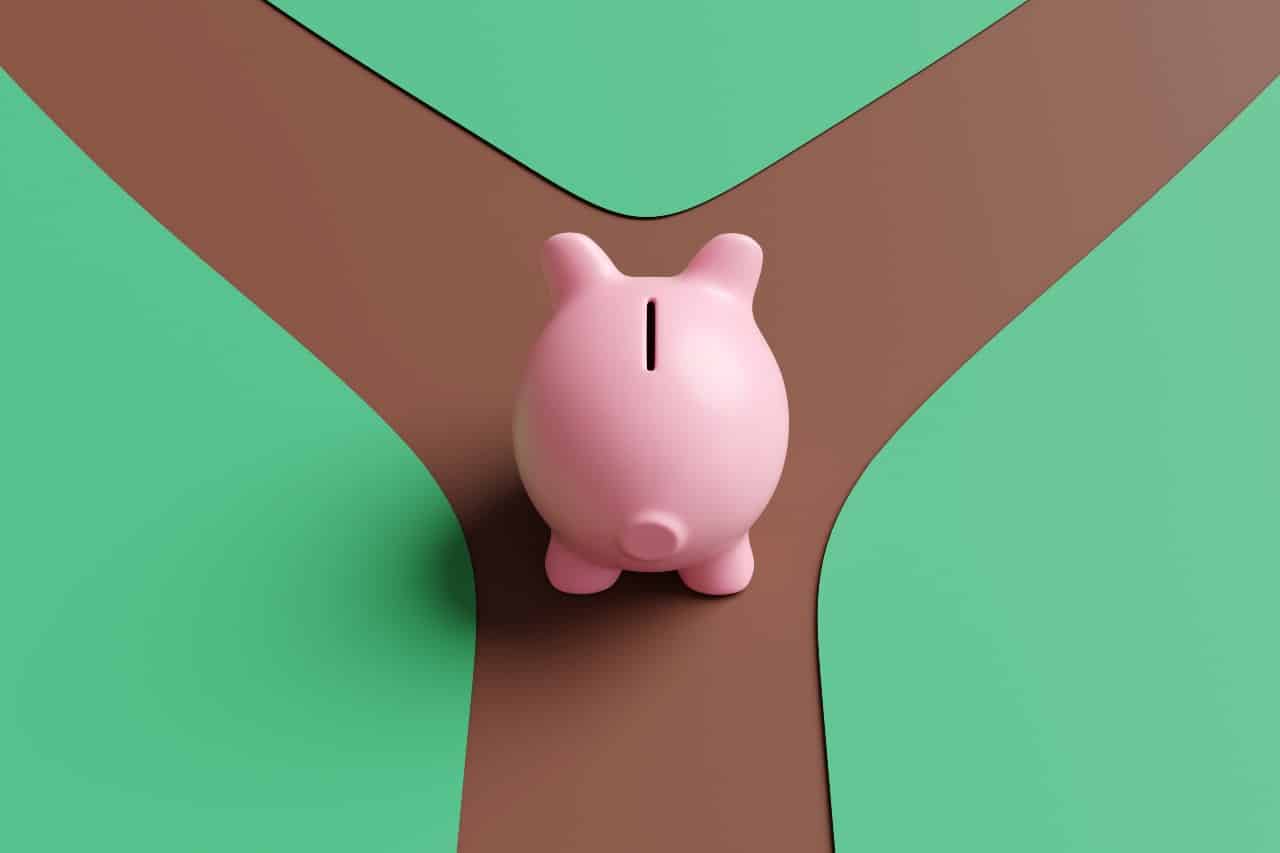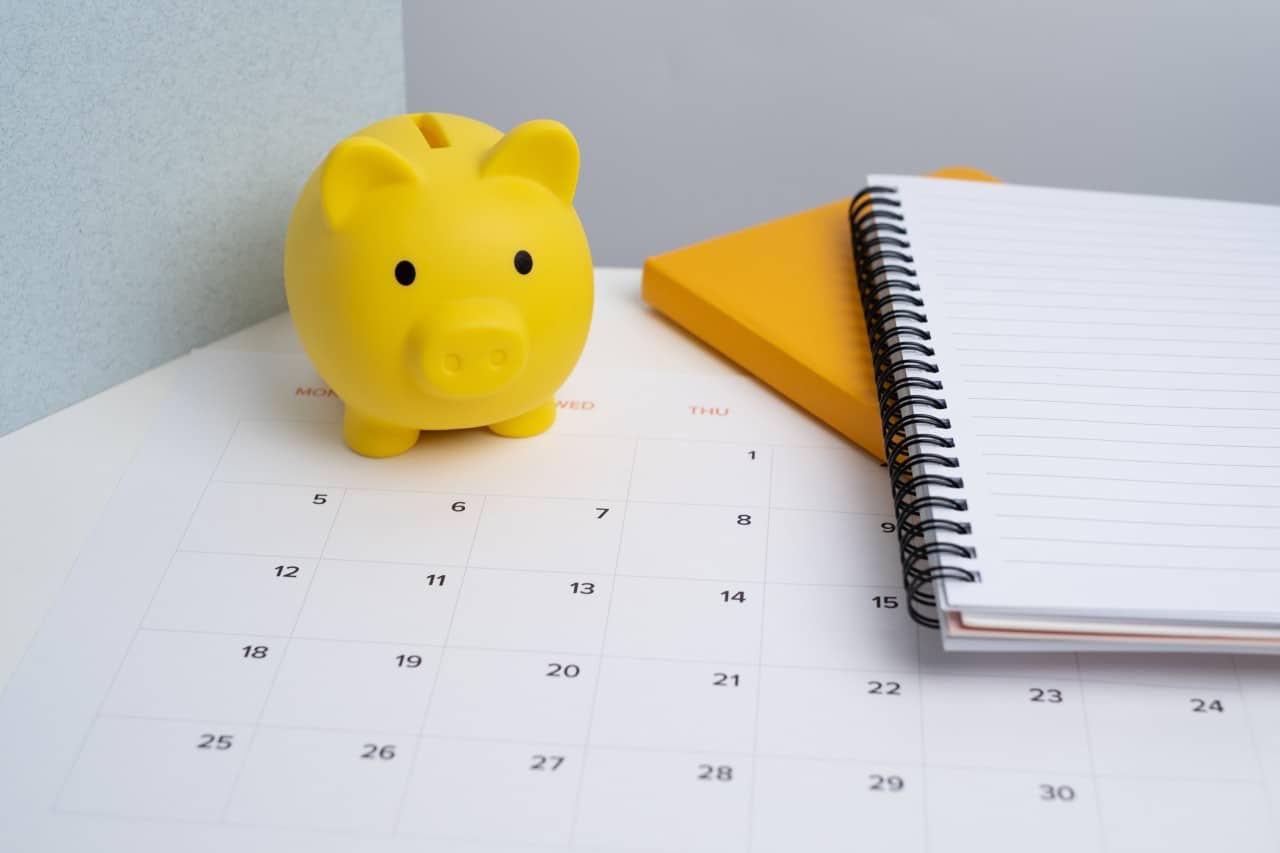A period of financial hardship left you unable to make debt payments, but you want to avoid wage garnishment and legal action. So, after looking at other options like debt settlement or a consumer proposal, you decided to file for bankruptcy. Your bankruptcy discharge is now coming up. What does that mean and how can you prepare for it?
What Does Bankruptcy Discharge Mean?
A bankruptcy filing stays on your Equifax credit report for seven years. While bankruptcy is not ideal and should be a last resort in debt relief, it can provide a blank slate to rebuild your debt management skills. That’s why it’s important to follow through with the whole bankruptcy all the way to the end. The main advantage of filing for bankruptcy is being released from the burden of debt. That only happens once you get a complete discharge. That’s when the benefit of going through the bankruptcy process takes effect.
You might think filing for bankruptcy completely releases you from all your debts. That’s only partly true. You may pay your licensed insolvency trustee instead of making regular debt payments, but you are still liable for those debts until the bankruptcy process finishes. It’s the final discharge that actually releases you from your debt obligations.
Don’t forget, even going through with bankruptcy only releases you from debts listed in your filing. You are still responsible for paying off any debts not listed even after your bankruptcy is discharged.
It’s also important to remember that bankruptcy only deals with unsecured debts. For example, personal loans, credit card debts, unpaid bills, and payday loans. Other financial obligations cannot be included in bankruptcy. If you have any of these types of debt you are still obligated to pay them after a discharge.
Some financial obligations not discharged under bankruptcy law are:
- Money owed for spousal or child support payments
- Court imposed fines and penalties
- Debts due to fraud
- Secured credit card debts
- Home equity loans
- Student loans, unless you’ve been out of school for more than 7 years
Requirements Of Release
You must fulfill all your bankruptcy duties to get your bankruptcy discharged. Those duties are:
- Making all the required payments
- Giving the trustee all assigned property
- Participating in mandatory credit counselling sessions
- Attend any required court hearings, examinations, or meetings of creditors
Failing to meet your duties or committing an offense listed in the Bankruptcy And Insolvency Act can impact your discharge. For example, not completing these duties will mean delaying getting your discharge. Generally, most bankruptcies in Canada end with no court hearing and an automatic discharge.
When Your Bankruptcy Discharge Gets Denied
There are a few reasons you may not get an automatic discharge:
- You didn’t fulfill your duties
- A creditor opposes your discharge
- This is your third bankruptcy
Types Of Bankruptcy Discharge
A judge can order four types of discharge:
Absolute discharge – you are completely released from debts eligible under bankruptcy law
Conditional discharge – you need to meet certain conditions before you get discharged
Suspended discharge – an absolute discharge that will take effect at a future date
Discharge refused – the court can deny a discharge
After A Bankruptcy Is Discharged
Once you finish the bankruptcy process, it’s time to start rebuilding your credit.
It is important not to repeat the habits that caused you to file for bankruptcy. Start by creating a realistic budget to manage your finances.
It is fine to apply for new credit to help rebuild. Just make sure you use it responsibly. Keep track of your costs, and don’t spend more than you earn. Always make payments on time.
Timing Of A Bankruptcy Discharge
Most bankruptcies are eligible for an automatic discharge after nine months. From time to time, the duration of your bankruptcy might change under certain circumstances. The two main things that can affect the duration of your bankruptcy are:
- If you’ve been bankrupt in the past
- Having surplus income
You are not eligible for a discharge after nine months if you have been bankrupt in the past. Filing for bankruptcy a second time extends the process to 24 months.
Your bankruptcy may extend if your surplus income exceeds the Government of Canada’s allowable limit. If your surplus income is too high and you’re filing for the first time, you may not be eligible for discharge until 21 months instead of nine. Accordingly, if this is your second-time filing for bankruptcy, your 24-month bankruptcy period extends to 36 months.
Discharge Process
You must meet certain criteria to receive an automatic discharge.
You are eligible after nine months if:
- It is your first bankruptcy
- Your discharge is not being opposed by the OSB office, a creditor, or your trustee
- You’ve finished the required credit counselling sessions
- Your surplus income did not exceed the minimum amount set by the government of Canada
If this is your first bankruptcy and you need to put surplus income into your estate, you will be eligible after 21 months if:
- Your discharge isn’t opposed by the OSB office, a creditor, or your trustee
- You’ve finished the required credit counselling sessions
- You made all your required surplus income payments
Documents To Keep On Hand
The documents you need for bankruptcy are:
- Assignment into Bankruptcy. Which includes both your Statement of Affairs (Form 79) and Monthly Income and Expense Statement of Bankrupt (Form 65)
- Your Trustee’s report
- A copy of any orders on your file. You may be able to get them from your Trustee
You must get the documents from your bankruptcy file at the courthouse if you can’t get them from your trustee. You will need to do a search request and ask for the documents above. Be aware that there is a fee to pull your file and usually an additional fee for any photocopies.
You must request copies of the court documents through the court that holds your bankruptcy file. Then, gather all your Notice of Assessments (NOA) and income tax returns from when you declared bankruptcy to your latest filing.
Finally, you need a list of all the assets you’ve acquired since claiming bankruptcy. To go along with that, you’ll want to include assets you no longer own or received as a gift.
Conclusion
Obtaining a discharge from bankruptcy is the final step in the bankruptcy process. Discharge is the most important step in eliminating your debts through bankruptcy. To be sure you get the debt relief you were seeking from filing, you must meet all your duties to ensure bankruptcy discharge.
Take matters into your own hands. Don’t wait for debt solutions to fall into your lap. If you have questions about bankruptcy or the discharge process, speak to one of our trained credit counsellors today!

